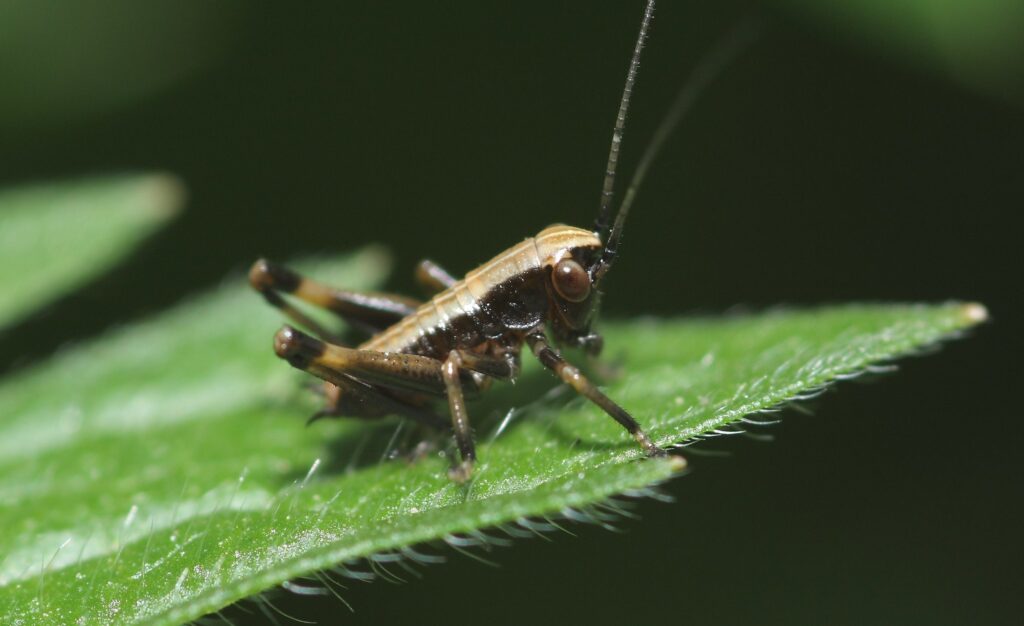
The world is experiencing a decline in overall insect populations as well as a collapse in insect diversity. A recent special issue of the journal Biology Letters discusses the major causes of this alarming trend.
According to the study, the primary causes of the worldwide decline in insect biomass are land-use intensification in the form of greater utilization for agriculture and building development, climate change, and the spread of invasive animal species as a result of human trade.
The study concludes that it is not just these factors that are driving the global disappearance of insects, but also that these three factors are interacting with each other. For example, ecosystems that are deteriorated by humans are more susceptible to climate change and so are their insect communities. Similarly, invasive species can establish themselves more easily in habitats damaged by human land-use and displace native species. Many native insect species decline or go extinct while others – often invasive species – thrive and increase, leading to decreasing insect diversity. Warming temperatures are making many locations undesirable for various insect species and they often cannot migrate to anyplace better.
Declining insect populations and diversity results in concomitant declines in plant species that depend on pollinators. This in turn threatens the stability of entire ecosystems.
The researchers advocate for continued monitoring of insect diversity across many habitats and countries and propose the creation of a network of interconnected nature reserves such that species can move from one to another.
We often think of insects as pests, but they are a crucial part of the world’s ecosystems.
**********
Web Links
The reasons why insect numbers are decreasing
Photo, posted April 17, 2011, courtesy of Dean Morley via Flickr.
Earth Wise is a production of WAMC Northeast Public Radio
Leave a Reply